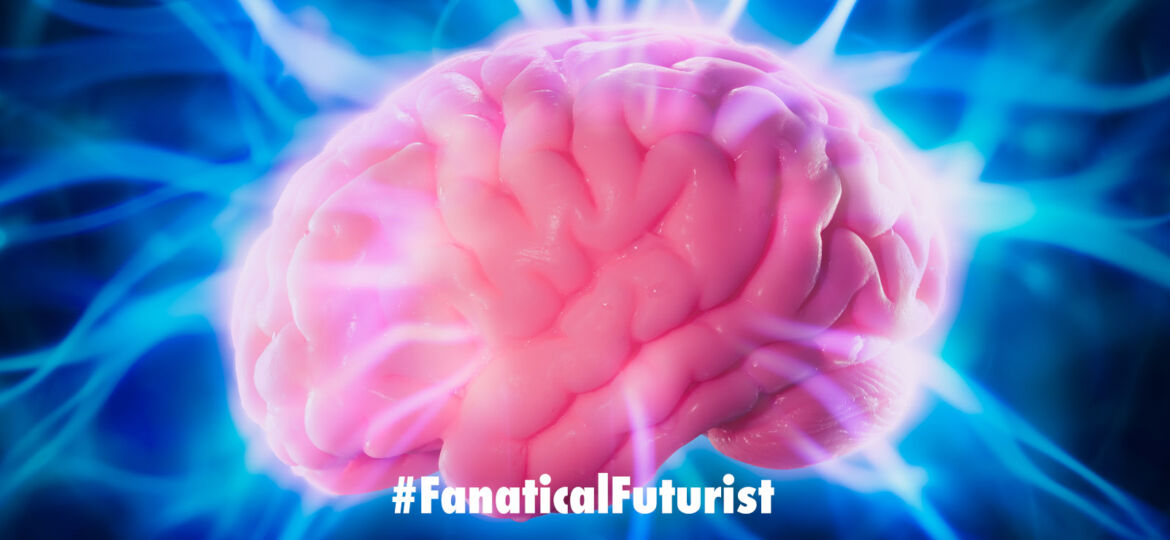
WHY THIS MATTERS IN BRIEF
As brain machine interfaces improve it’s giving researchers the ability to build new revolutionary, life changing products.
 Interested in the Exponential Future? Connect, download a free E-Book, watch a keynote, or browse my blog.
Interested in the Exponential Future? Connect, download a free E-Book, watch a keynote, or browse my blog.
A little while ago a quadriplegic man learned how to drive a car, and now another has learned to walk again thanks to the development of a new brain controlled robotic exoskeleton that let him freely control his arms and hands. The patient, a man called Thibault from Lyon in France, was originally left paralysed from the shoulders down after he fell from a fifth floor balcony four years ago.
“Our [system] is the first semi-invasive wireless brain computer system designed for long term use to activate all four limbs,” said Professor Alim-Louis Benabid, Professor Emeritus from the University of Grenoble. “Previous brain-computer studies have used more invasive recording devices implanted beneath the outermost membrane of the brain, where they eventually stop working. They have also been connected to wires, limited to creating movement in just one limb, or have focused on restoring movement to patients’ own muscles.”
To let Thibault achieve these movements the team implanted two Brain Machine Interface (BMI) recording devices onto the surface of his brain to collect and transmit brain signals. The signals were then decoded with an Artificial Intelligence (AI) algorithm that sent those control commands to the exoskeleton suit.
In order to use it effectively though Thibault had to undergo months of training using his brain signals to control a video game avatar before he could use the exoskeleton, and once fitted with the suit he was able to walk slowly and then stop as he pleased.
Using the suit and the avatar he then progressed further and started using both of his hands to touch targets on cubes 16 months after the initial surgery, and for Thibaut and for all paralysed people, this is a big deal, so understandably Thibault told BBC News he felt like the “first man on the Moon.”
Although the novel suit is a giant step forward for quadriplegics unfortunately it can’t yet be used outside of the lab environment because it needs to be tethered to the ceiling, but in time the team hope that they’ll be able to create a new version that doesn’t suffer those limitations.
“Our findings could move us a step closer to helping tetraplegic patients to drive computers using brain signals alone, perhaps starting with driving wheelchairs using brain activity instead of joysticks and progressing to developing an exoskeleton for increased mobility,” said Professor Stephan Chabardes, a neurosurgeon from the university.
















